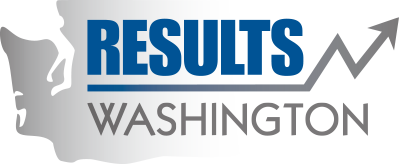Archived: Marine and freshwater riparian habitat in Puget Sound
Riparian areas—areas next to water—provide for the needs of salmon, help provide clean water, help reduce flooding, and help support 85% of Washington’s terrestrial vertebrate wildlife species. Riparian areas and associated floodplains support more abundant and diverse wildlife communities than upland areas. Converting this land from forests to development reduces its habitat values and functions. Reducing the rate of loss of these areas is a necessary step to maintaining Washington’s fish and wildlife populations, cultural heritage, resource industries, and quality of life. The negative impacts to habitat functions of unavoidable conversions can be decreased by mitigation.
In general the rate of change in riparian corridors and along shorelines is quite low: for every 1,000 acres of stream-side area we are currently losing about 1.3 acres of riparian vegetation per year (the goal is to reduce this to 1.0 aces per year). This low rate is largely attributable to local jurisdictions’ Critical Area Ordinances, which restrict their conversion, as well as conservation efforts that focus on riparian areas. Acquiring accurate data about conversion activity sound-wide is a huge task being achieved as part of ongoing research using remote sensing. As work continues, this rate will be updated and a clearer picture of change in riparian and shoreline areas will emerge.
- WDFW is conducting high resolution change analysis to understand and report change across the landscape and specifically within riparian areas. This analysis is shared with local jurisdictions, agencies, tribes, and others in an effort to improve management of riparian areas.
- WDFW Regional Habitat Biologists provide technical assistance to local jurisdictions as they develop and implement Critical Areas Ordinances and other land use regulations.
- WDFW is updating its management recommendations for riparian areas so that land managers and land use regulators are able to carry out their responsibilities in keeping with best available science.
If you own riparian lands, you can plant native vegetation and avoid or minimize impacting the habitat values and functions of riparian areas. You can ask your county or city what the rate of riparian conversion is in your area and what is being done to minimize it. You can encourage your county or city to establish protections in line with WDFW’s "PHS Riparian Management Recommendations" when updating their Critical Areas Ordinance and Shoreline Management Plan or expanding an Urban Growth Area.
